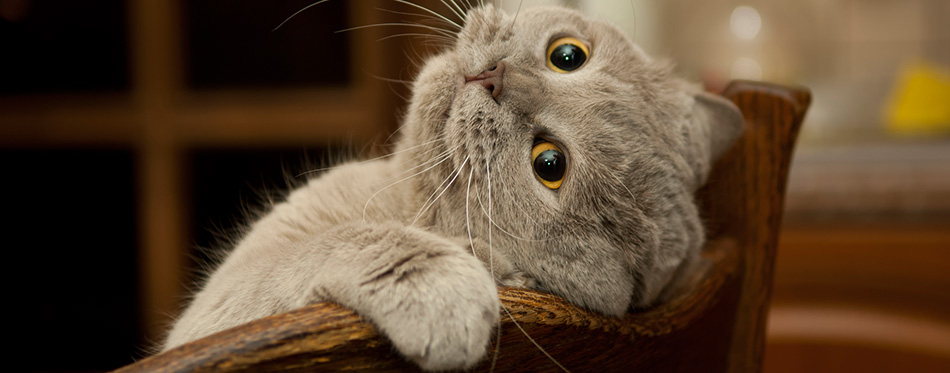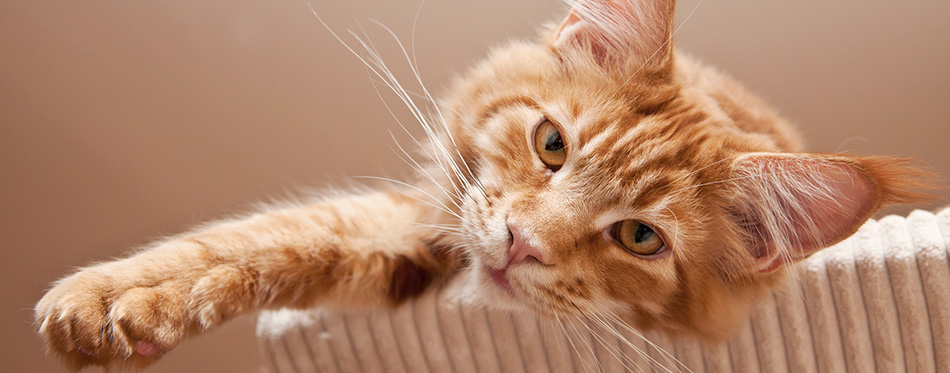Cat paw pads are as important as the palms and soles of humans. While cats do not use these to eat, it helps them walk with ease. It also guarantees better stability and balance with movement. Paw pads can also serve as shock absorbers so that impact forces do not reach the ligaments, tendons, and bones of the cat’s legs. It is, therefore, inherent in every cat owner to care for their pet’s paws and paw pads. Here’s how.

Inspect the Paw Pads Every Time the Cat Ventures Outdoors
Cat owners know that their pets are excellent at masking their pain. They will never vocalize unless the pain is already very severe. It is for this reason that one should pay extra care to the cat’s paws whenever it ventures outdoors.
It can step on thorns, nails, and other sharp objects. These can get lodged in their paw pads. Cats will not show you that they are in pain. However, you will notice that they are limping. Cats can also walk over rocky and rough terrain. This can scrape their pads or cause small scratches. When cats walk in winter weather, they can be exposed to deicing agents and road salts. They can ingest these chemicals when they start licking their paws.
It is best to inspect your cat’s paw pads every time they come into the house. Make sure that the paws have no sharp objects lodged into the pads. Check also for any sign of redness, scrapes, bruises, or cuts. Watch out for cat paw pad peeling as this can indicate dehydration.
Indoor cats can also benefit from regular inspection of their paw pads. They can still step on certain objects or substances that may be harmful to their paws. Cleaning agents, for example, are very harsh. These can lead to dry cat paws and other manifestations.
Take a look at our review of Cat Calming Sprays and Vitamins For Cats for more options.
Clean the Paw Pads on a Regular Basis
Pet parents should include cleaning their cat’s paw pads in their regular grooming routine. Cleaning the paws is not difficult. One only needs a piece of moistened, soft cloth to remove dirt from the paws. If there are any chemicals on the cat’s paws, wiping it off with a moist cloth should also help address the problem.
It is ideal to clean the paw pads every day. This will help prevent the dirt and other debris from accumulating on the paw pad’s surface. It can also help keep the pads from drying up. This can prevent cracks that can become the entry points for germs.
Apply Moisturizers
It would be wise to apply pet moisturizers to help keep the cat’s paws healthy, soft, and supple. These products can help lock in the moisture in the cat’s paws and protect it against dry cat paws.
Some veterinarians recommend applying Vaseline on the paw pads once every 2 to 3 days. Others will use petroleum jelly. While it is safe for cats, some pet owners may not like the idea of applying petroleum-based products on their cats. Pets can ingest these petroleum-based jellies and cause them stomach upset.
A safer alternative will be to apply olive oil or coconut on the paw pads. This will create a barrier between the paws and the ground. It also locks in moisture so your cat wouldn’t have to worry about cat paw pad peeling.
When picking a pet paw moisturizer, it is important to stay away from those that contain harsh ingredients. They can irritate the cat or can lead to toxicity. It is best to ask your veterinarian about the most appropriate products to use on your pet.
Treat Dry Paw Pads
If you notice that your pet’s paw pads have excessive cracking, treat it at once. Do not let these cracks grow worse. Consult your veterinarian on what treatments you should give to your cat. If there are signs of infection, the veterinarian may prescribe a topical antimicrobial agent.
Treating dry cat paws often involves applying food-grade oils. Examples of these include coconut oil and olive oil. Even if your cat manages to lick its paws, these oils should not give your pet stomach upset or other harm.
Use Paw Protectants Every Time the Cat Goes Outside
Cats that always go outside are better off with protection on their paw pads. You can purchase any of those pet shoes or boots in the market so your cat can wear them. Bear in mind that cats do not really like wearing boots or shoes. It deprives them of the sensation they get from walking with their paws in contact with the ground. However, you can always train them to learn to like wearing their pet shoes.
There are also paw protectants on the market. They provide a thicker barrier between the ground and their paws than traditional oils and moisturizers. Make sure to check the ingredients of these products. They should be safe for your pet, in case it licks its paws.

Trim the Nails
Trimming the nails on a regular basis can also help improve the health of the cat paw pads. If the claws are allowed to grow long, they can have an inward curvature. They can pierce right through the paw pads and cause extreme pain. Even if the claws do not dig into the paw pads, their unusual length can still make it very uncomfortable for your cat to walk.
Be very careful when trimming the cat’s claws. Do not clip it near the quick. This can result to bleeding and cause pain to your pet. If you accidentally hit the quick, make sure that you have styptic powder ready. This should help control the bleeding. If styptic powder is not available, then you can use corn starch or flour to stop the bleeding. For more options, check out our detailed review of cat nail clippers.
Caring for cat paw pads requires vigilance on the part of the pet owner. Inspecting and cleaning the paw pads whenever the cat goes outdoors is a must. One can also protect the pads using the right products. Treating any cat paw pad conditions before they get worse can also help.
Sources:
- Skin Inflammation of the Paws in Cats – PetMD
- Dry Cat Paws – Causes and Remedies – AnimalPath.org

